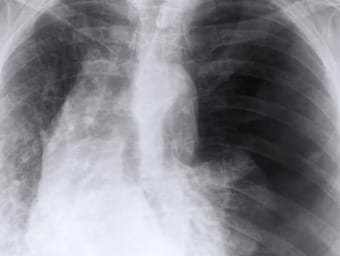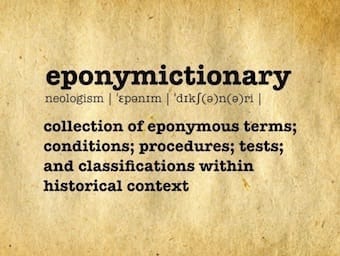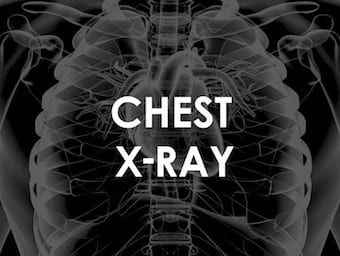
Pediatric CXR Cases 006
October Pediatric Emergency Medicine Chest X-ray interpretation with Jennifer Potter and Nicholena Richardson from EMGuideWire

October Pediatric Emergency Medicine Chest X-ray interpretation with Jennifer Potter and Nicholena Richardson from EMGuideWire

June Pediatric Emergency Medicine Chest X-ray interpretation with Jennifer Potter and Nicholena Richardson from EMGuideWire

Pediatric Emergency Medicine Radiology Topics, monthly educational, self-guided slides were first published on EMGuideWire.com and peer reviewed by Professor Gibbs and Sean Fox, MD

ATMIST handover - 28 y/o male, injured 25 mins ago, penetrating chest trauma, Asherman seal anterior chest, RR 35, deteriorating, high flow O2 administered.

Peter James Kerley first described horizontal lines that he postulated to be peri-vascular lymphatics in patients with mitral stenosis and left ventricular failure

Hilar enlargement reflects one of 4 types of processes: Lymphadenopathy and tumors; Pulmonary venous hypertension; Pulmonary arterial hypertension; or Increased pulmonary blood flow

Aubrey Otis Hampton (1900 - 1955) was an American Radiologist. Eponymously affiliated with Hampton hump and Hampton line

Additional reading from Normal CXRs; Eric Strong Interpretation series; the DRABCDE approach; CXR for the OSCE and of course the Top 150 CXR to try your luck!

Labelled normal anatomy chest X-ray to assist in interpretation review

Chest X-Rays (CXR) are routine investigation in clinical practice and consequently it is important for medical students and clinician’s alike to know how to interpret them. There are many approaches to CXR interpretation, each trying to ensure that key abnormalities are identified and no area is overlooked.

A 69 yo lady presents with a fall, productive cough, fever and dyspnoea. LITFL Top 150 CXR

77 year old male presents with central chest pain. Describe and interpret this CXR